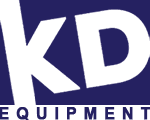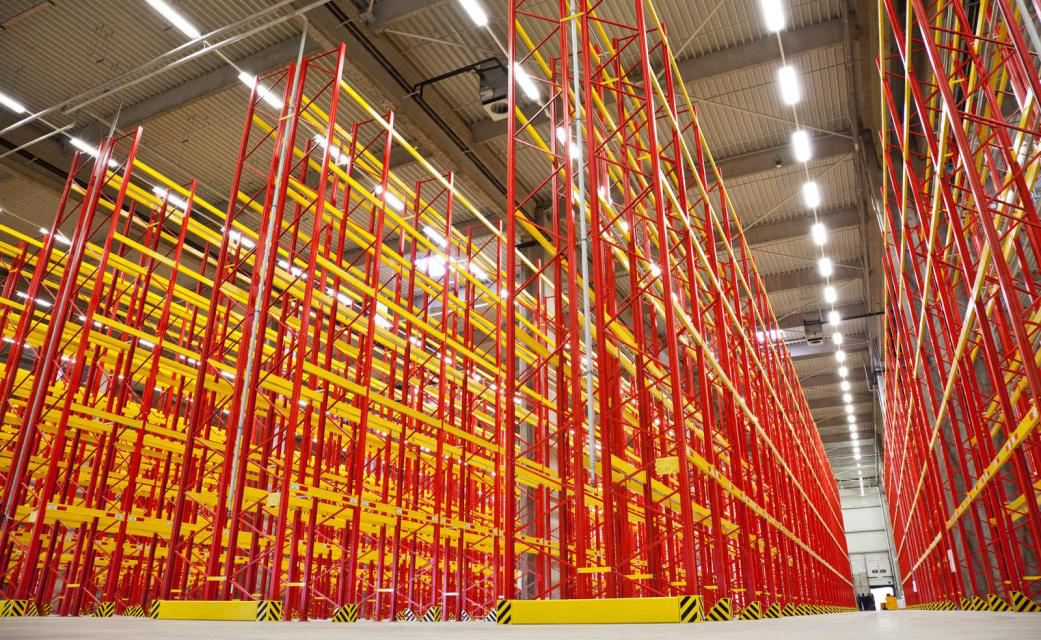
Specifying, buying and installing a pallet rack shouldn’t generally be a problem for you, but there are situations in which if you are involved in, you’re better off consulting an expert before making your purchase.
Let’s take a look at some of these situations.
When your warehouse is located in a seismic zone
Pallet racks to be installed in seismic zones need to be specified with the right set of connectors and baseplates to ensure safe warehouse operations. Buying off-the-shelf racks can be risky for such projects and should be avoided.
A pallet rack expert will help you choose the right seismic pallet rack for your location.
When you are low on space and need to maximize your storage capacity
Configuring a pallet rack system within a limited space can be tricky. And unless you know about all types of pallet racks available on the market and the different ways they can be assembled and installed, you could struggle with the configuration. This is where consulting a pallet rack expert can help.
Pallet rack experts have the knowledge to optimize a pallet rack system for maximum storage capacity. They are aware of the strategies that need to be implemented to find a solution that best complements your available installation space and operational needs.
When you’re adding a new rack to an existing rack
Mixing racks is not unusual; many warehouse operators do that, especially when they’re reworking their current facility.
That said, adding a new rack to an existing rack system requires deep planning. One must ensure that the two racks are compliant with each other, and that the overall performance of the rack system isn’t compromised after installation.
Consult a pallet rack expert before taking on any such project.
When you want to store an unusual load
Some loads are relatively straightforward to store, and you know the type of pallet rack they need to go in. However, some loads—bulky, odd-shaped or large size—can be challenging to handle and require special consideration.
If this is the first time you’re handling an unusual load at your facility, consult a pallet rack expert about the rack system you should choose to store it. Never try to “ make ” things work.
What KD Equipment Brings to the Table
At KD Equipment, we help you choose the right pallet rack for your U.S warehouse facility. We’ve more than 30 years of experience in this field and have helped many clients with their pallet rackdeployment needs. Reach out to discuss your pallet rack project today.

While having an odd visit from a cluster fly at your warehouse in the summer is pretty much a norm and usually not a cause for concern, in winter, however, it can be a big problem. Because when the temperature outside begins to fall, a cluster fly does not visit your warehouse alone; it brings many of its pesky friends with it—hence the name “ cluster ”.
“Attribution Required”
Together, they invade your warehouse and send your operations on a bothering buzz, creating problems for your employees. These flies are not dangerous though, and it’s very rare that they may carry any pathogens. But working alongside a cluster of them is something that your warehouse staff is not likely to take in a good way.
And imagine if a customer pops up at your facility while the cluster flies are having fun? It could leave a bad impression on them.
So why is cluster fly invasion a problem in winter and not in summer?
Cluster flies like to live in warm environments. In summer, that’s not a problem for them, because the temperature outside is already quite warm. In the winter months, however, the days are cold, and the nights are even colder, so these flies seek shelter.
Your warehouse sits in the open, nice and warm with the HVAC system continuously pumping heat inside it. Cluster flies see your warehouse as their temporary shelter, and they move in masses.
Once inside your warehouse, they remain there, until the first dawn of spring breaks into light. During their stay, they’d lay eggs, which adds to their population and makes your warehouse even more crowded.
What can you do to stop cluster flies from entering your warehouse?
There is only one practical solution to this problem, and that is to cover and seal all the possible openings at your warehouse from which they might enter.
There are many potential access points through which cluster flies can enter your warehouse. For example, wall cracks, windows, and gaps around lights, fans and baseboards. However, the most common entryways are your frequently-opened warehouse doors. They are the biggest openings at your warehouse, and these are the areas that you especially need to watch out for.
Installing bug screens on your warehouse doors can be an effective way to stop cluster flies from entering through them. Additionally, you can also install air curtains over them for even greater protection.
At KD Equipment, we sell high quality bug screens and air curtains for industrial facilities. Visit our online store to order a bug screenand/or air curtainfor your warehouse today.

Warehouses are high activity environments. They have several moving components and mobile people. And it’s this very “active” nature of these facilities, which makes them inherently dangerous.
Whether you’re talking about slip and trip incidents, forklifts bumping into racks, or pallet jacks falling off loading docks, warehouse accidents are quite common, and they present serious risks for critical injuries and expensive equipment damage.
That said, you can mitigate warehouse accidents and protect your warehouse employees and property by using adequate safety products.
Today, in this blog, we’ll be discussing two such safety products: bollards and guard rails.
Bollards
Bollards are short, sturdy posts, typically made of steel. They are installed at high-risk locations, mostly around shelves and racks to provide protection against impact accidents. Additionally, they can also be used as blockades to direct pedestrian or vehicle traffic flow at the facility.
Bollards come in bright yellow construction, which also makes them useful as visual barriers. You can deploy them at loading docks or other elevated platforms to alert employees and forklift operators of potential drops.
To describe bollards in one word:
They are the “soldiers” of the warehouse.
Bollards can last for years. Their robust design means they need very little maintenance.
Guard Rails
Much like bollards, guard rails are primarily used to protect warehouse employees and equipment from fast moving forklifts. However, they provide a more continuous form of protection by completely zoning out sensitive locations thanks to their running design.
Guard rails can also be used at the edges of raised platforms as fall protection solutions. In addition, they can also be used to isolate workers from energy sources.
When buying guard rails for your facility, it’s important to choose a guard rail system with high impact resistance rating tested at a high speed. Rail systems with higher impact resistance ratings offer better protection. To learn more about impact resistance rating, click here .
KD EquipmentSells High Quality Bollards and Guard Rails
At KD Equipment, we stock and sell high performance bollards and guard rails. Our bollards and guard rails have been manufactured from the best steel on the market, and offer excellent service life.
Talk to our representative today to order bollards and guard rails for your warehouse.
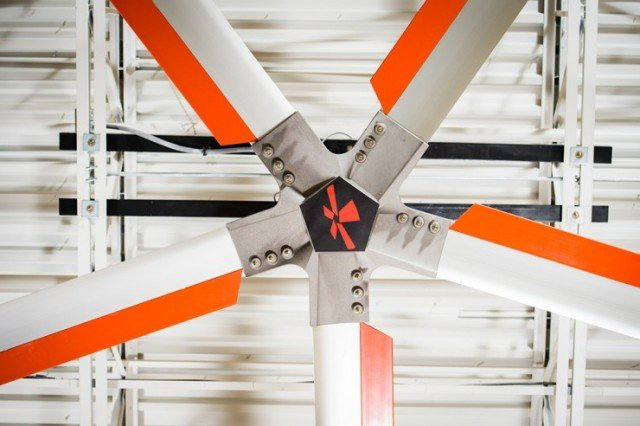
When you think of “fans”, what’s the first thing that comes to your mind?
Cooling, right?
Fans keep our buildings and homes cool in hot, humid summer months, making us feel comfy.
But if you’re thinking about investing in HVLS fans for your industrial facility, you’ll be pleased to know that these fans can be used beyond summer and into winter as well.
Using HVLS Fans in Winter
Okay, let’s understand one thing first:
Not ALL HVLS fans can be used in winter; only fans that come equipped with bi-directional motors can be used in winter months.
At KD Equipment, we stock bidirectional HVLS fans .
So how do HVLS fans work in winter anyway?
Fans, by design, run counterclockwise. When fans run counterclockwise, they push cool air down to the floor. This cool air evaporates the sweat from your skin, creating a wind chill effect that makes you feel cooler.
However, when you run a fan in reverse, i.e., in clockwise direction, it pulls up cool air from the bottom of the room and pushes the warm air down to the floor.
HVLS fans use this latter ability to circulate hot air and keep your facility warm in winter months. But as we mentioned earlier, not all fans have this feature, and if you’re buying an HVLS fan and you want to use it in winter, you must get one that comes fitted with a bidirectional motor.
You might ask why use HVLS fans in winter when you already have an industrial HVAC system pumping heat into your facility?
Well, that’s because HVAC systems are although great at pumping out heat, they’re not great at distributing that heat efficiently.
Industrial facilities usually have high ceilings, and any warm air that HVAC systems pump into these buildings, it rises and collects in the upper half of the buildings. Meanwhile, the floors, where the heat is really needed, remain cold.
You then need to run your HVAC system continuously to keep your building warm and make your employees feel comfortable. This increases your energy bills.
By running an HVLS fanin parallel, you can cut down on much of this extra energy consumption and distribute the warm air more uniformly and faster inside your building.
Find Out More About HVLS Fans
If you’re interested in finding more about HVLS fans or which model you should pick for your facility so that your heating, ventilation and cooling needs are efficiently and adequately met, talk to our representative today.
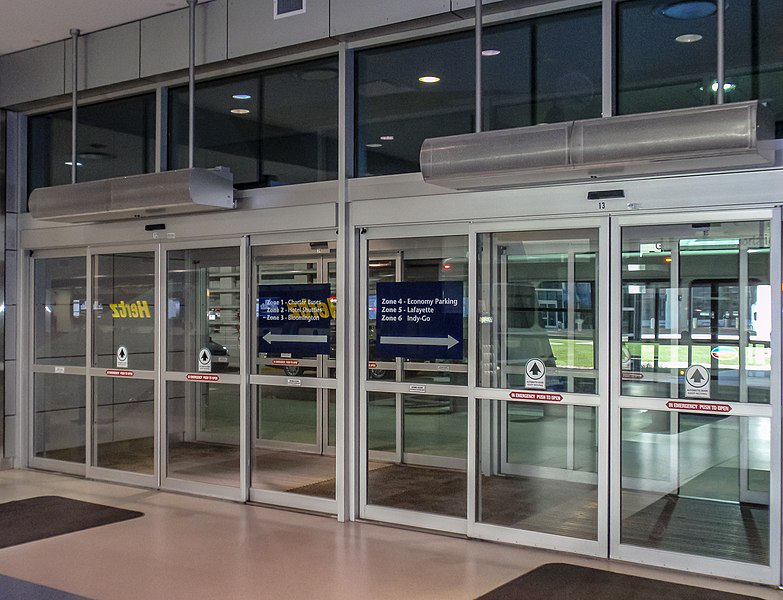
Air curtains are fan-powered devices that are installed at entryways to efficiently separate two different environments, without limiting the access of people or vehicles. They accomplish this function by creating an invisible air barrier across the entire width and height of an opening.
“Attribution Required”
Air curtains have been around since the early 20th century. However, they have become increasingly common over the last couple of decades, with many businesses using them for climate control, insect control and other applications.
Let’s take a look at how air curtains are used in different industrial and commercial settings.
Air curtains for indoor climate control
Climate control remains by far the most common application of air curtains. Especially, here in Florida, air curtains are often used on exterior doors of restaurants, hotels, shopping malls, and college libraries to keep unconditioned air from entering into conditioned spaces. Conversely, air curtains are also used for ex filtration of conditioned air present inside a building.
Of course, the installation of air curtains for climate control is not only limited to exterior doors. Many industrial facilities with cold storage operations use air curtains to maintain adequate cooling temperatures inside their cold storage rooms. Maintaining the right temperature levels is crucial for such facilities to prevent product spoilage.
Air curtains for insect control
Air curtains can also be found at food processing and health care facilities where they are primarily used for keeping out flies, bees and other insects.
Insects can be a big nuisance to deal with. Additionally, they carry germs and pathogens, which can be dangerous for human health. At highly sensitive facilities, like food preparation factories and hospitals, insect control is must. In fact, there are laws laid out that govern the directives for insect control at these establishments.
Air curtains help keep insects out by providing an efficient seal over doorways.
Lesser Known Applications
Air curtains also have other—though lesser known—applications. For example, they are used at wastewater treatment plants for odor control. Similarly, they are used in paint shops to reduce over spray.
Find Out More About Air Curtains
If you’re interested in finding more about air curtainsor which air curtain unit you should choose for your facility, talk to our customer representative today; we would love to help you with your query.
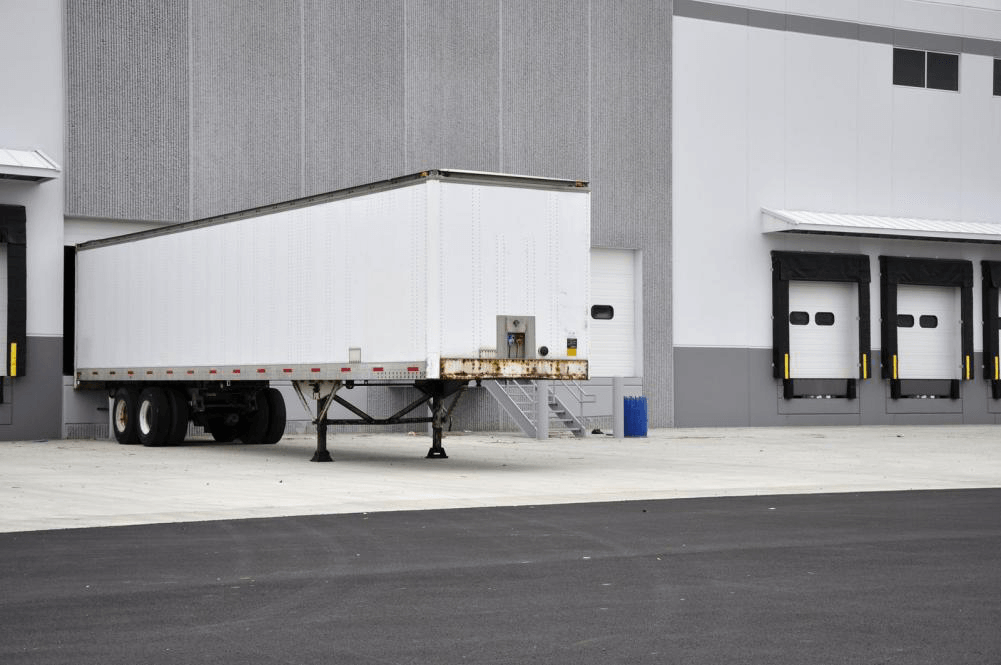
A dock leveler is a critical piece of equipment that ensures smooth handling of load at the dock site during loading and unloading operations. It is typically mounted to the dock face, where it serves as a bridge between the loading dock and the bed of a truck, enabling forklifts, pallet jacks and other material handling equipment to safely move across the two platforms.
Given the important function they serve, the safety of dock levelers is an important issue that must be kept in check to prevent injuries and mishaps at the jobsite.
Below we discuss a few essential guidelines and tips to practice safety when working with and around dock levelers.
Have a Spotter on the Field to Assist Your Forklift Operators
Maneuvering a forklift around a leveler can be difficult. Forklift operators need to be mindful of the edges, overhead clearance distances and dock walls when directing a load to its destination. Even a small misjudgment can prove to be costly and dangerous.
Having a spotter who can guide your forklift operators to safely maneuver their vehicle around and on the leveler can greatly help you reduce loading dock accidents at your facility.
Use Bumpers, Mirrors and Chocks
Bumpers and mirrors on a dock leveler provide additional assistance to forklift operators. They help them know when they need to backup and how much they need to backup in order to avoid any falls or barging incidents. As for chocks, they prevent movement of the forklifts during the unloading process.
You can use bumpers, mirrors and chocks to make your loading dock operations safer.
Keep the Area Clear During Loading and Unloading
The dock area should be kept clear of traffic during loading and unloading to avoid any distractions. Only workers authorized for handling the load should be allowed near the loading dock. This includes your forklift operator, spotter and any other staff who is responsible for moving the load materials onto or off the forklift.
Keep the Levelers Well Maintained
Lastly, invest in maintaining your levelers. Service them regularly to keep them in tip top shape. If there are any repairs, make sure to address them promptly.
Missing concrete, failing motors and damaged dock boards are the last thing you need when working around loading dock levelers.
Looking for a Reliable Dock Leveler Supplier or Service Shop?
KD Equipment is at your service.
We offer high quality dock levelers and dock leveler repairsfor U.S warehouses and industrial facilities. Get in touch with us today to discuss your loading dock leveler needs.
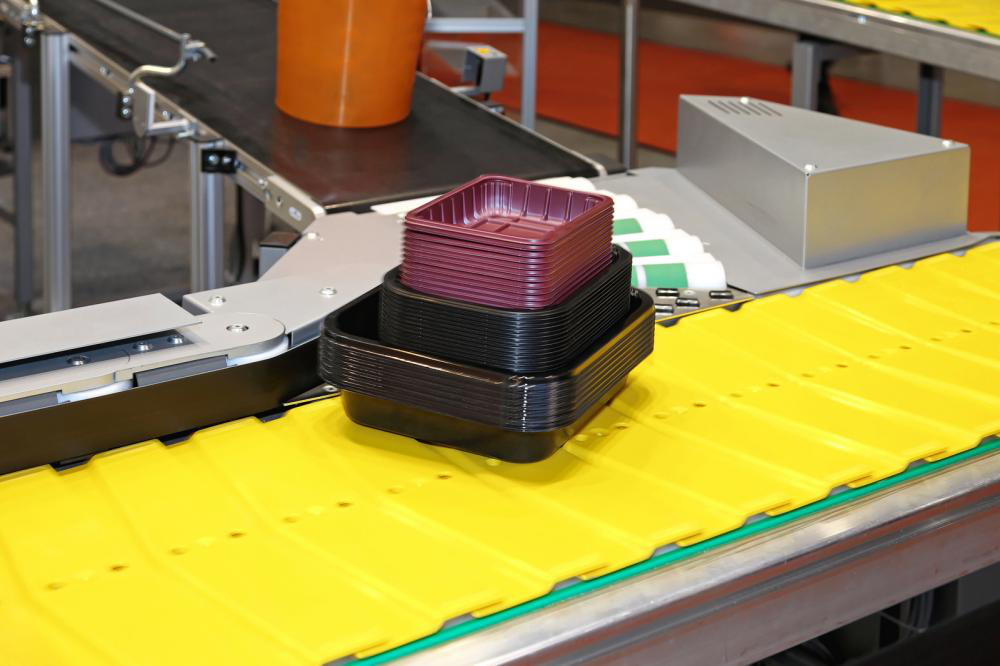
A belt conveyor is also a better choice if you have vertical conveying needs.
When conveying loads vertically, you need a conveyor system that can grip the loads, or else the loads can fall off the conveying track.
Belt systems do a great job of holding onto loads as they move vertically. Roller systems, on the other hand, lack this feature.
Another situation, where you’re better off using a belt conveyor than a roller system is when you need to integrate additional processing such as scanning or pre-sorting into your conveying operations.
A belt conveyor will ensure that the loads are in the right orientation when moving along the line, making scanning and presorting easier. With a roller conveyor this can be a problem, as the load may shift or rotate, leading to incorrect readings or orientations at the scan/presorting counter.
When Use a Roller Conveyor
Roller conveyors are typically used for conveying heavier, larger, non fragile loads that need to be moved over long distances.
They are also perfect for picking and packing applications due to the low coefficient of friction they offer on the lines, making it easier for the employees to interact with the load.
Roller conveyors are mostly used at loading docks.
Conclusion
So as you can see, choosing the right conveyor for your facility is a matter of loads, application and function. Evaluating and determining your operational needs is the key to making the correct decision when it comes to choosing between a belt system and a roller system.
At KD Equipment, we sell both belt and roller conveyors. Our conveyor machines are manufactured to the highest standards of quality and tested on maximum capacity to make sure you get a high performing conveyor for your operations. We can also help you decide which conveyor to choose for your facility.
Interested in a quick chat?
Reach out to us.
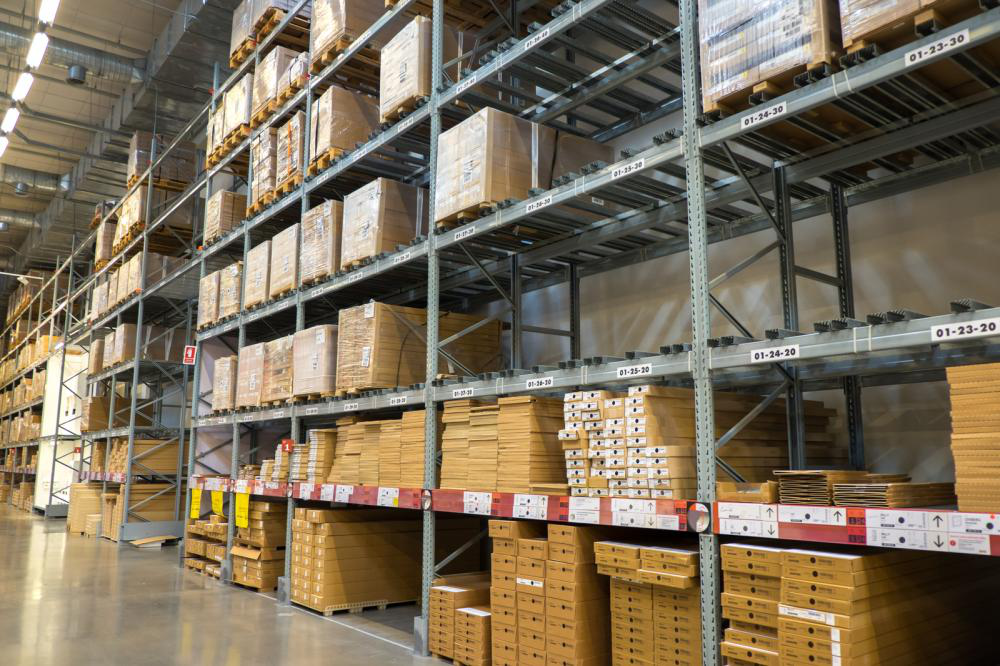
Warehouses and distribution centers are constantly faced with the challenge of managing inventory in a limited space. Running a large-scale warehouse incurs heavy cost on the business, making it critical for owners to run it as efficiently as possible and make continuous efforts to optimize it.
Industry experts believe that the maximum occupancy of a warehouse should be around 85%. Space utilization that’s more than 85% not only affects productivity in terms of movement and storage, but it also means that your warehouse doesn’t have room for unexpected urgent orders.
The goal of warehouse optimization is to increase the quantity of stock in the most optimum space, while ensuring that it can be moved safely yet effectively.
Here are some ways you can increase the capacity in your warehouse:
Extend Your Racks Vertically
If the floor space in your warehouse is tight, it’s time to explore the vertical capacity. Modern shelving systems provide optimal vertical storage that can improve the overall capacity drastically. However, before you start installing upright racks, ensure that the base plates are sized properly.
Also, before you add more tiers, preplan how you’re going to transport stock at higher levels. Portable lifts are great for this purpose; they provide maximum vertical travel in a compact size.
Change the Storage Medium
After evaluating the use of vertical capacity in your warehouse, take a look at the depth of storage. Change the storage medium to higher density equipment by moving from single-deep racks to double-deep racks. Drive-in and push-back racks are great higher density equipment options. However, keep in mind that they limit the accessibility to FIFO and LIFO.
Reduce Aisle Width
Aisle width in warehouses typically ranges from 10 to 12 feet, but can be reduced to around 5 to 8 feet. However, when minimizing aisle width, the material handling equipment should be taken into consideration. Can your ergonomic equipment work in these narrow aisles?
Try to design the minimum width in a way that doesn’t compromise operating efficiency.
Install Mezzanine Shelving
If you’re looking for a more permanent storage solution—and not to mention a cheaper solution than leasing space with addition square footage—then install mezzanine shelving. It frees up the valuable floor space and adds another level to your warehouse operations. It is undoubtedly one of the best ways to attaining warehouse space optimization.
Get Your Hands On State-Of-The-Art Storage Products Today!
Make use of the hidden storage capacity in your warehouse with our variety of storage products including pallet racks, shelving and mezzanine products . We’re also a top loading dock equipment supplier in Tampa, Florida.
Contact us today for more information.
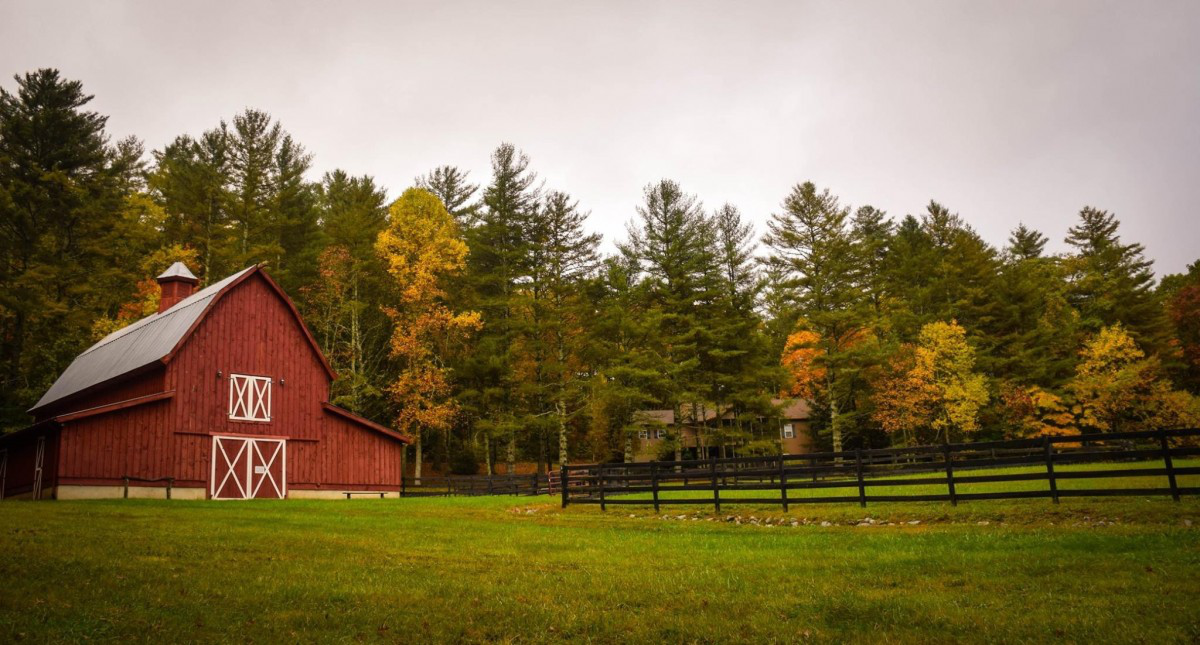
Dairymen have long shared heat and ventilation concerns on dairy farms. Excessive much heat makes cows feel uncomfortable, they eat less as a result, and naturally produce less milk .
While traditional basket and panel fans do help dairy farm owners solve the problem of heat and ventilation control, these never were, nor they could be ever be the solutions farm owners can completely rely on.
For one, basket and panel fans consume too much electricity. And second, they generate turbulent breezes, which disturb pollutants and dirt particles inside barns and cause all sorts of health issues for the animals.
As such, the only solutions that can work for dairy farms should be:
·Energy efficient
·Able to provide steady airflow
·Able to maintain effective ventilation
HVLS fans fit these specifications like gloves:
·They are typically powered by one to two-horsepower motors. This makes them extremely energy efficient.
·They have airplane-inspired engineered airfoils. These airfoils feature winglets that create steady jets of air.
·They have large diameter fan blades, often measuring up to 24 feet. These blades move huge amounts of air across all areas of facility.
And here’s a little fact for you:
Did you know the HVLS fan industry actually started with dairy farming?
Yes, the first HVLS fan was created as a dairy farm cooling fan back in 1998. Since then, manufacturers have been improving the HVLS fan technology not only for dairy farm operations, but also for every other environment that needs onsite climate control.
Aside from keeping the herd cool and the barn air fresh, HVLS fans are also great at keeping the pesky flies away from holding areas which might otherwise stress the cows.
How to choose the best HVLS fan for your dairy farm?
If after reading all this, your interest in HVLS fans has been piqued, and you’d like to have one installed at your dairy farm, it’s worth knowing what to specifically look for when shopping for a HVLS fan.
·Make sure the HVLS fan fits the space in which you want to install it
·Make sure the HVLS fan fits your ventilation needs
·Make sure the HVLS fan comes with the warranty
·Many modern HVLS fans come with variable speed controls, so that’s another thing you may want to look into.
Here, at KD Equipment, we sell high quality HVLS fans. Visit our online store to check out our complete HVLS fans range.

1.No Regular Inspections.
2.Not Observing Temperature
3.Insufficient Repair Parts
4.Overloading The Equipment
5.Inadequate Training
KD Equipment offers a wide range of conveyors from trusted manufacturers, perfect for use in Warehousing & Distribution, Order Fulfillment, Aerospace, Government Military & Agency, Automotive, Parcel Handling, Appliance, Cabinetry & Furniture and Food & Beverage industries!
888-792-9995
Jacksonville
904-717-1273
813-864-2810
Sarasota/Bradenton
941-203-3525
863-943-2112
Orlando
407-708-3534
239-206-1256
Miami
305-697-9973
